The musical instrument "fang xing" that has disappeared in history
Chinese civilization has a long history, and music is an important part of it. In the past 5,000 years, a large number of far-reaching musical instruments have also been produced. It is said that Emperor Qianlong collected a mysterious musical instrument "Fang Xiang", but it is rarely recorded in historical materials, and almost no one has seen the real thing. However, an expert restored the "Fang Xiang" and unveiled it. The mysterious veil... What exactly is "Fang Xiang"?
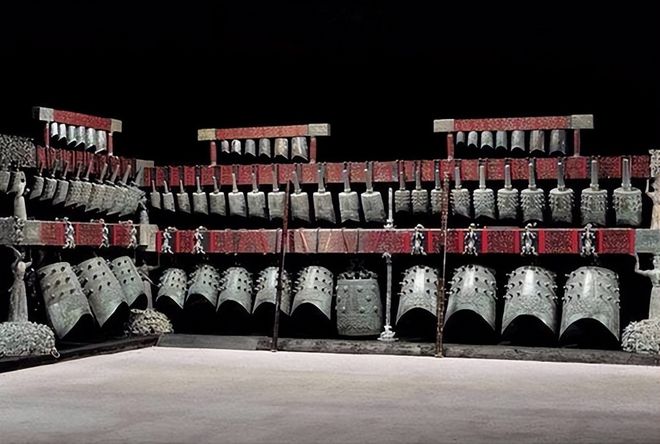
In the history of musical instruments, the oldest musical instruments must be percussion instruments, which appeared as early as the primitive society. With the continuous progress of social productivity, musical instruments have also developed by leaps and bounds. For example, in the pre-Qin period, the musical instrument system has been very perfect, and many famous musical instruments have appeared, the most famous of which is the bell. The bell is mainly a chime, a large-scale percussion instrument. It is arranged according to the tone of the bronze bell, and is struck with a small wooden hammer. The bells embody the highest level of musical instruments in the pre-Qin period. A chime is a musical instrument similar to a bell, but the chime is mainly composed of slates arranged in sequence, and the two have different timbres.

Archaeological research shows that both chimes and chimes originated in the Western Zhou Dynasty. They reached their peak in the Spring and Autumn Period and the Warring States Period. They gradually declined until the Han Dynasty and began to be replaced by other musical instruments. This kind of musical instrument came to the forefront today. ring". In ancient historical materials, there are not many records of "fang xiang", such as "there is a copper chime in the Liang, which covers the current Fang Xiang, etc., Fang Xiang" ("The Musical Records of the Old Tang Book"), "Sixteen pieces of varying lengths, Knock on palace merchants all over the place" ("Fang Xiangge"). At the beginning, the cultural relic experts were puzzled about "Fang Xiang". After all, "Fang Xiang" has never been unearthed in archaeological discoveries, but some experts found "Fang Xiang" in Dunhuang murals.
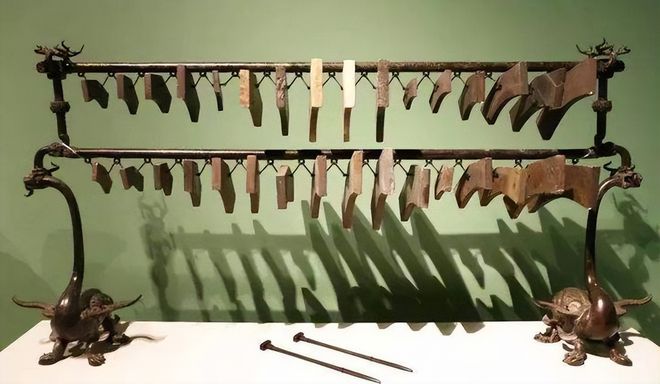
In the 1990s, when experts repaired Dunhuang frescoes, they found a lot of frescoes about music and dance. After research, they also found many rare musical instruments. For example, there is a musical instrument that looks like a shelf, but many are fixed on the shelf. Small squares of different sizes. At first, some people thought it was a chime, but experts said that the chime was already in decline at that time, so it was speculated that it was a musical instrument that replaced the chime, that is, the "fang chime" recorded in the historical materials, "square" means its shape characteristics, and "ring" ' indicates the characteristics of his voice. Although the experts found "Fang Xiang", they still did not find the real object, so no one knew what the sound of "Fang Xiang" was, which made the experts feel very sorry.
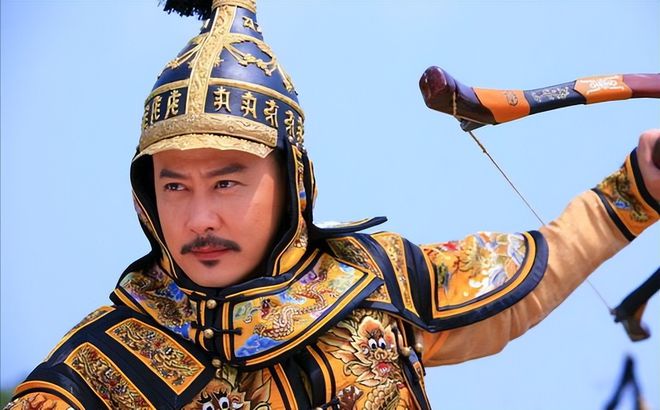
Fortunately, according to the records of the "Qing Palace Archives", some experts found that Emperor Qianlong once collected a "fang sound". As we all know, Emperor Qianlong was one of the greatest emperors of the Qing Dynasty, and he also liked to collect treasures of the past dynasties, whether it was bronze, jade, or calligraphy, painting and calligraphy, all of which were wiped out by Emperor Qianlong and stored in his own warehouse. In 2009, an expert from the Beijing Institute of History passed an application and entered the Palace Museum's warehouse where Emperor Qianlong's treasures were kept. After three days of searching, they found a musical instrument similar to that found in Dunhuang frescoes. It is also known as "Square Sound". However, the expert was dumbfounded. The Emperor Qianlong's "Fang Xiang" was very small, only about 35 centimeters in height, not one-third as large as the "Fang Xiang" in the mural, and the "Fang Xiang" sounding iron The film was also rusted and made no sound.
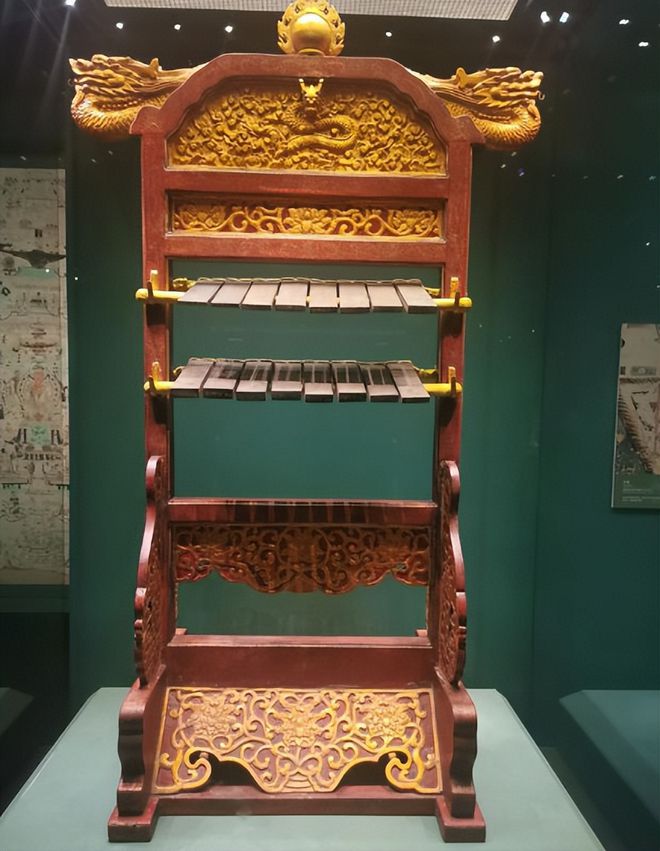
Although the expert was very disappointed, but he also saw the true face of "Fang Xiang". Therefore, after a lot of hard work, he took Qianlong's "Fang Xiang" as the prototype, enlarged it at a scale of 3 times, and also referred to the modeling characteristics of "Fang Xiang" in Dunhuang frescoes, and finally restored a modern "Fang Xiang". ". It is worth mentioning that the experts changed the sounding part of the "square sound" to a metal block made of aluminum alloy material. On the one hand, it is not easy to corrode and can be preserved for a long time. The sound is also pleasant when struck with a small wooden hammer.
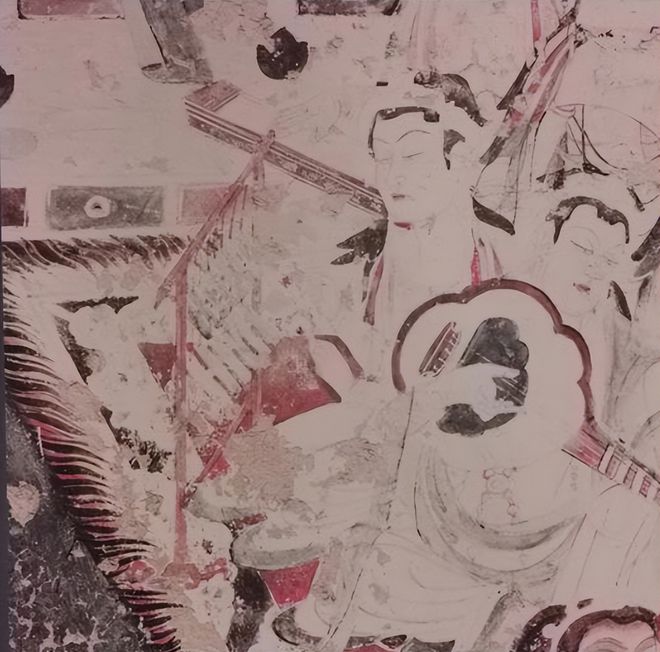
After a period of time, the restored "Fang Xiang" appeared in front of the general public. It was not only exhibited in museums, but also reported by major media, reviving this ancient musical instrument that had been silent for thousands of years. We also have a new understanding and understanding of the wisdom of ancient ancestors, as well as ancient instruments and music.
 渝公网安备 50010702504639号
渝公网安备 50010702504639号